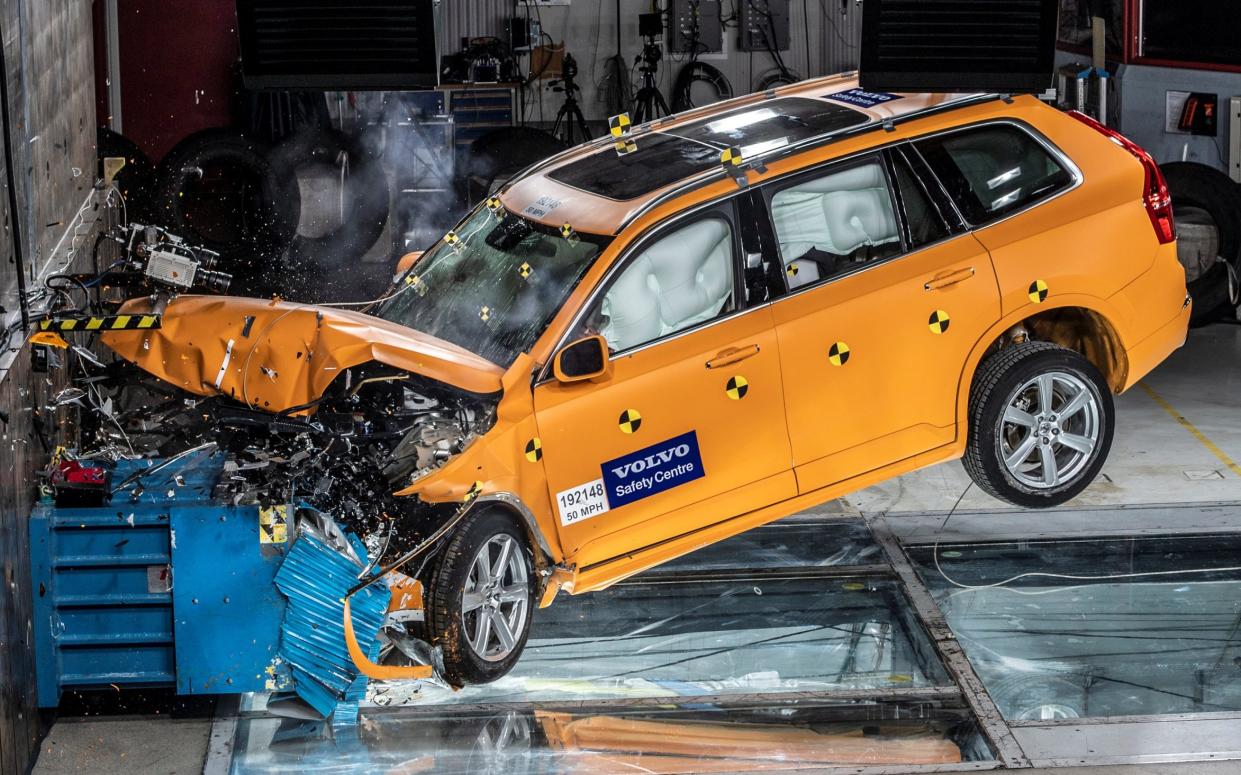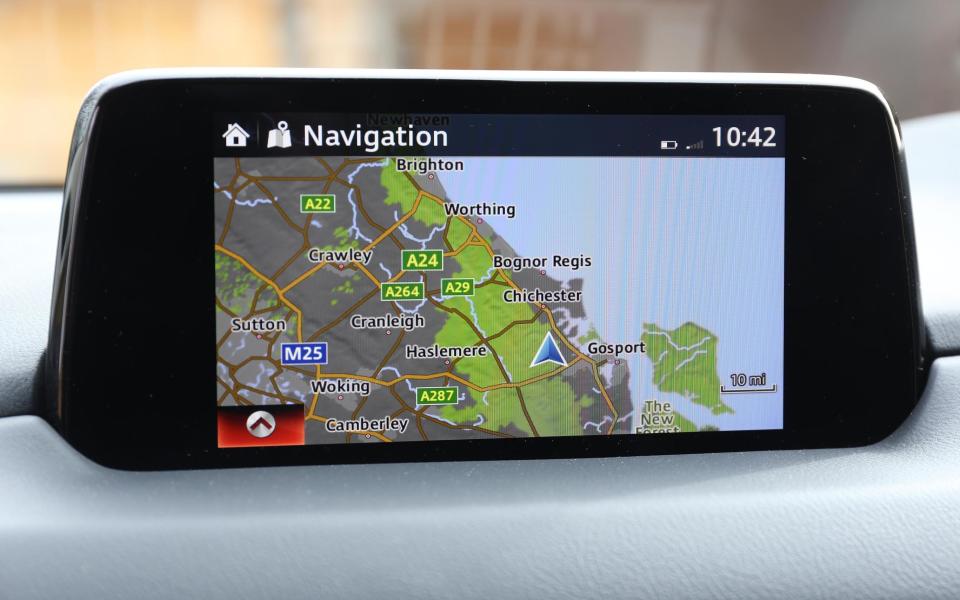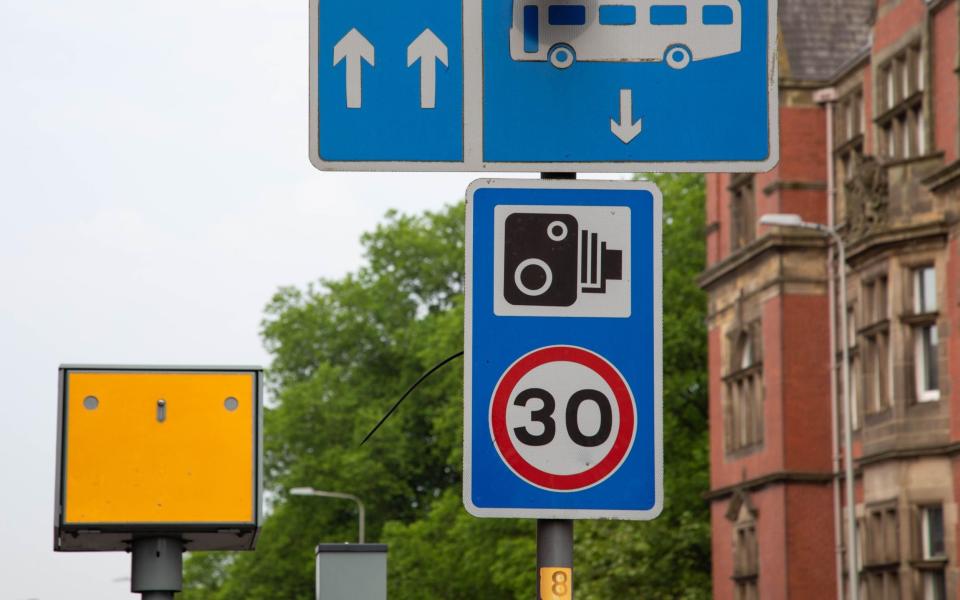Speed limiters now mandatory in new cars in Europe – and the UK

The relentless march of technology takes another step this week with the adoption of mandatory speed limiters in all new cars sold throughout Europe. They are already fitted to many factory-fresh models (although currently you can switch them off or override them) and it will be two years before they will be mandated for all new cars, but the creeping adoption of technological control of vehicles has taken a quantum leap.
As with most European car standards, the UK is expected to adopt the compulsory Intelligent Speed Assistance (ISA) regulations wholesale, so all new UK models introduced from now will have to be fitted with ISA and from July 2024 all new cars sold will have to come with ISA as standard.
While a number of models already have ISA, it has to be switched on by the driver. The difference with the new regulations is that the system will be engaged by default with every restart and will have to be manually switched off by the driver.
The system will give the driver a choice of a cascaded acoustic and then a vibrating warning, or a more positive haptic warning through the accelerator pedal, or a speed control function which actively slows the vehicle and pushes the driver’s foot back on the pedal to encourage slowing. In the last two cases the driver can override the system by pushing on through the resistance/vibration.
While the move has been justified on safety grounds, the adoption of speed limiters will help with the adoption of autonomous driving systems, which can be diverted by non-self-driving vehicles whizzing past, while it also means that every new car will have to be fitted with some sort of satellite navigation device.

ISAs are part of a package of new car-safety devices called General Safety Regulation (GSR), which was passed by the EU in October 2021. The EU claims these measures will save up to 25,000 lives in Europe by 2038 and they include: reversing cameras, “black box” data recorders, lane-departure warning systems, dashboard breathalysers, driver distraction/tiredness warning sensors and emergency stop signals. A number of these are already fitted to new cars to ensure the highest possible scores in the industry standard NCAP independent crash tests.
The EU claims the ISA systems alone will result in up to 30 per cent fewer deaths in Europe, a figure which is based on a number of joint studies, including PROSPER, which after studies in 10 European countries calculated that mandated speed limiters could reduce fatalities by between 26 and 50 per cent, mainly on urban roads.
Yet the latest figures from the UK’s Department for Transport (Reported Road Casualties Great Britain Annual Report 2020) shows that “exceeding the speed limit” was a contributory factor in 202 or 17 per cent of all road fatalities and in 4,391 or seven per cent of all injury accidents.

Moreover, mere adherence to a nominal speed limit doesn’t necessarily guarantee safety and judging appropriate speed is far more complex and beyond the capabilities of mandated speed limiters.
“It’s worth noting that many crashes occur where the limit isn’t being broken, but drivers are going too fast for the conditions,” says Steve Gooding, director of the RAC Foundation. “Before the driverless car becomes a reality, no amount of advanced technology takes away the need for the human behind the wheel to drive responsibly.
“Most drivers, most of the time, aim to drive safely, recognising the speeds laid down by law, and where they do stray over the legal limit advisory ISA could help to bring them back in line. However, such an advisory system of itself is unlikely to rein in the behaviour of those who knowingly flout the limits with no regard to their safety or that of other road users.
“One respected review of ISA trials across a range of countries concluded that ISA would be ‘probably effective’ in reducing speeds and cutting collisions,” he says.

Speed limiter actuation is determined by a couple of onboard technologies; a camera-based speed limit sign detection system and GPS positioning which matches the vehicle’s position, speed and direction against a digital speed map of the road.
Both systems are flawed and drivers have reported cars mysteriously slowing on motorways when the car’s cameras detect speed limit signs on slip roads or minor roads crossing the motorway. There are also concerns that the UK doesn’t have accurate speed maps.
“One of the issues about deployment of an ISA system in the UK is that we do not have an authoritative national map of the speed limits,” says Gooding, “though on-car camera-based technology that scans for roadside signs can help plug the gaps.
“Even if ISA is not made mandatory in the UK, given that auto companies must develop the technology to meet EU requirements, together with the demands of our domestic insurance companies and fleet buyers, means we are likely to see ISA arriving here sooner than later.”
For new and used buying guides, tips and expert advice, visit the Telegraph Cars Advice section, or sign up to our newsletter here or to join the Telegraph Motoring Club Facebook group here

 Yahoo Movies
Yahoo Movies 
